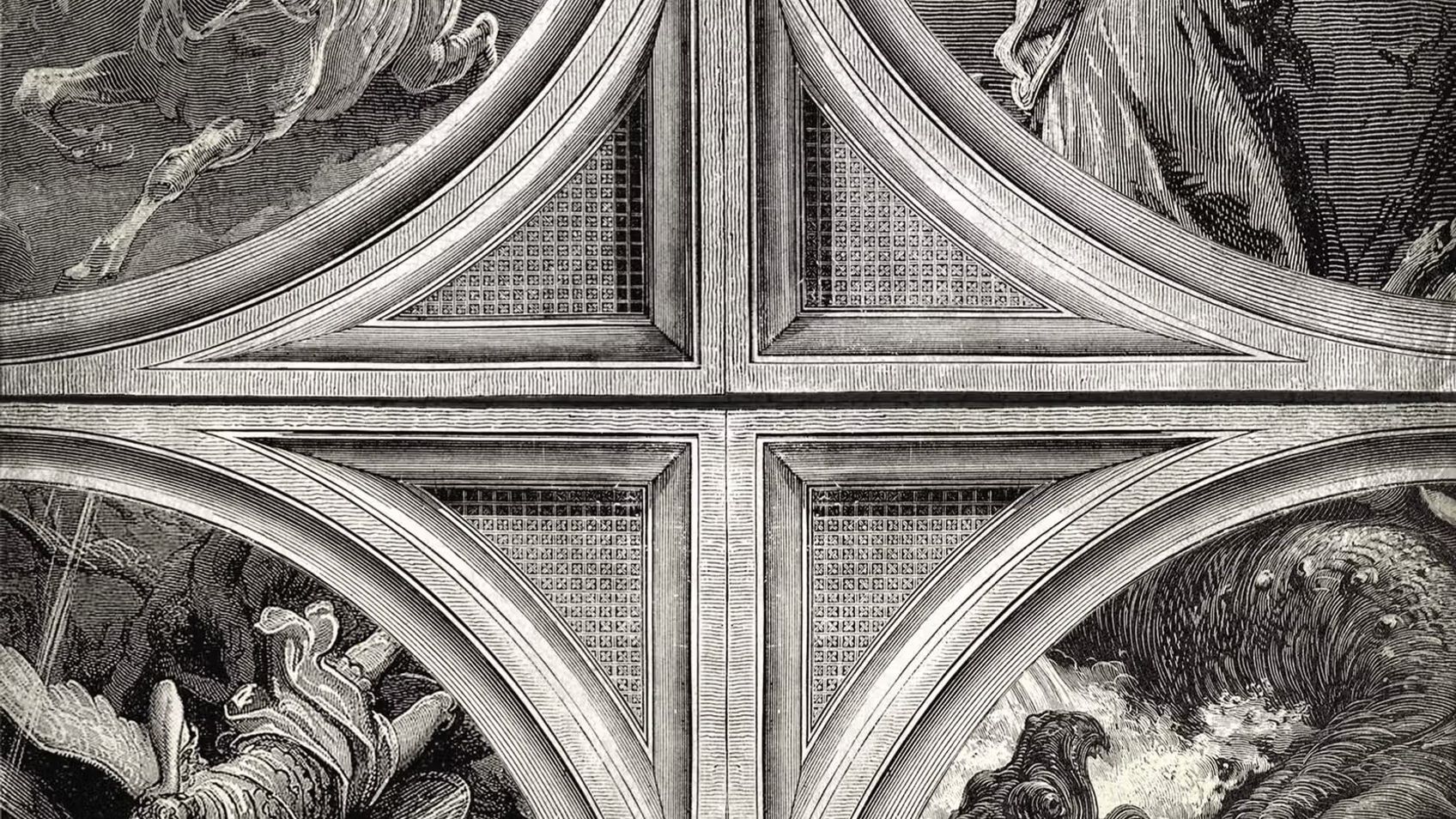
Revelation Introduction (Part 2) - Symbols and Images
Revelation — Steve GreggNext in this series
Revelation Introduction (Part 3) - Dating Revelation
Revelation Introduction (Part 2) - Symbols and Images

RevelationSteve Gregg
In part two of his introduction to the book of Revelation, Steve Gregg delves into the symbols and images used throughout the text. He emphasizes the importance of understanding that many of the descriptions are not meant to be taken literally, but rather symbolically. Gregg also discusses the significance of various numbers used in the text and the potential meaning behind certain events and characters mentioned. He concludes that the book of Revelation is a complex tapestry of biblical imagery that when understood in context, reveals a powerful message of divine deliverance and judgment.
More from Revelation
3 of 19
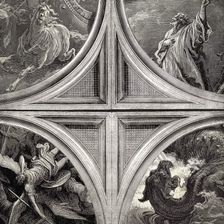
Next in this series
Revelation Introduction (Part 3) - Dating Revelation
Revelation
Steve Gregg explains in this talk that while many scholars believe that the Book of Revelation was written in 96 AD, some hold opposing views. The int
4 of 19

Revelation Introduction (Part 4) - Four Views
Revelation
In this talk, Steve Gregg discusses the different views on interpreting the book of Revelation, focusing on the idealist, preterist, and historicist v
1 of 19

Revelation Introduction (Part 1) - Overview and Authorship
Revelation
In this overview of the book of Revelation, Steve Gregg discusses its authorship and audience, as well as the debates and open questions surrounding i
Series by Steve Gregg
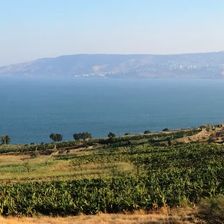
Sermon on the Mount
Steve Gregg's 14-part series on the Sermon on the Mount deepens the listener's understanding of the Beatitudes and other teachings in Matthew 5-7, emp

Jeremiah
Steve Gregg teaches verse by verse through a 16-part analysis of the book of Jeremiah, discussing its themes of repentance, faithfulness, and the cons
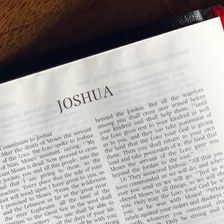
Joshua
Steve Gregg's 13-part series on the book of Joshua provides insightful analysis and application of key themes including spiritual warfare, obedience t
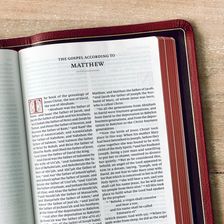
Gospel of John
In this 38-part series, Steve Gregg teaches verse by verse through the Gospel of John, providing insightful analysis and exploring important themes su

Philemon
Steve Gregg teaches a verse-by-verse study of the book of Philemon, examining the historical context and themes, and drawing insights from Paul's pray
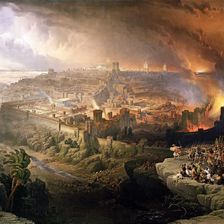
When Shall These Things Be?
In this 14-part series, Steve Gregg challenges commonly held beliefs within Evangelical Church on eschatology topics like the rapture, millennium, and

The Life and Teachings of Christ
This 180-part series by Steve Gregg delves into the life and teachings of Christ, exploring topics such as prayer, humility, resurrection appearances,
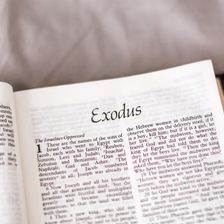
Exodus
Steve Gregg's "Exodus" is a 25-part teaching series that delves into the book of Exodus verse by verse, covering topics such as the Ten Commandments,

Cultivating Christian Character
Steve Gregg's lecture series focuses on cultivating holiness and Christian character, emphasizing the need to have God's character and to walk in the
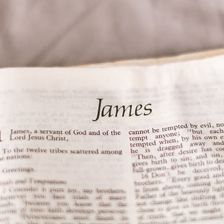
James
A five-part series on the book of James by Steve Gregg focuses on practical instructions for godly living, emphasizing the importance of using words f
More on OpenTheo

If We Don’t Need to Learn to Hear God’s Voice, How Do You Explain These Verses?
#STRask
September 11, 2025
Questions about why, if we don’t need to learn to hear God’s voice, there’s a command to earnestly desire the gift of prophecy, why we would need to l

Are Demon Possessions and Exorcisms in the New Testament Literal?
#STRask
December 11, 2025
Questions about whether references to demon possessions and exorcisms in the New Testament are literal, how to talk to young children about ghosts, an

What Are Some Good Ways to Start a Conversation About God with Family Members?
#STRask
October 30, 2025
Questions about how to start a conversation about God with non-Christian family members, how to keep from becoming emotional when discussing faith iss
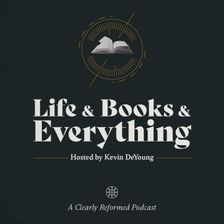
John Thomson and the Shaping of American Presbyterianism with Stephen A. Fix
Life and Books and Everything
September 29, 2025
If you are looking for a deep dive into the history of early American Presbyterianism, you have come to the right place! Listen in as Kevin talks with

How Can I Showcase God’s Goodness When I’m Struggling in My Suffering?
#STRask
September 8, 2025
Questions about how to showcase God’s goodness when we’re really struggling in our suffering, an explanation of God’s response at the end of the book

Is “God the Father” a Sexist Term That Demeans Women?
#STRask
September 29, 2025
Questions about whether “God the Father” is a sexist term that demeans women in general and mothers in particular, how long Hell has been there, wheth

How Do We Advocate for Christian Policy Without Making the Government Interfere in Every Area of Life?
#STRask
November 20, 2025
Questions about how to advocate for Christian policy without making the government interfere in every area of life, and the differences between the mo

How Can I Improve My Informal Writing?
#STRask
October 6, 2025
Question about how you can improve your informal writing (e.g., blog posts) when you don’t have access to an editor.
* Do you have any thoughts or

Are You Accursed If You Tithe?
#STRask
December 15, 2025
Questions about whether anyone who tithes is not a Christian and is accursed since Paul says that if you obey one part of the Mosaic Law you’re obliga
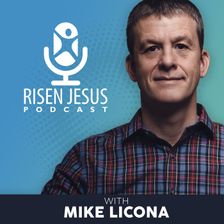
Faith Journeys: Similar Road, Different Conclusions - A Licona Ehrman Discussion
Risen Jesus
September 24, 2025
On the Risen Jesus podcast today, Dr. Michael Licona and Dr. Bart Ehrman join Justin Brierly on his Unbelievable podcast to discuss their faith journe

The Man on the Middle Cross with Alistair Begg
Life and Books and Everything
November 10, 2025
If you haven’t seen the viral clip, go see it right now. In this episode, Kevin talks to Alistair about the preaching clip he didn’t intend to give, h

Why Would Any Rational Person Have to Use Any Religious Book?
#STRask
December 8, 2025
Questions about why any rational person would have to use any religious book, whether apologetics would be redundant if there were actually a good, un

Life and Ministry in Charlotte and in the SBC with Clint Pressley
Life and Books and Everything
December 15, 2025
In a rare cultural anomaly that may never be repeated in our lifetimes, the current SBC President and current PCA Moderator live in the same neighborh

Christmas Cranks and Christmas Blessings with Justin Taylor and Collin Hansen
Life and Books and Everything
December 17, 2025
If you are looking for a podcast where three friends talk about whatever they want to talk about and ramble on about sports, books, and grievances, th

Is Doing the Right Thing a Sin If You Truly Believe It’s Wrong?
#STRask
September 22, 2025
Questions about whether Romans 14:23 means that doing the right thing is a sin if you truly believe it’s wrong, and how to reconcile Hebrews 10:16, wh